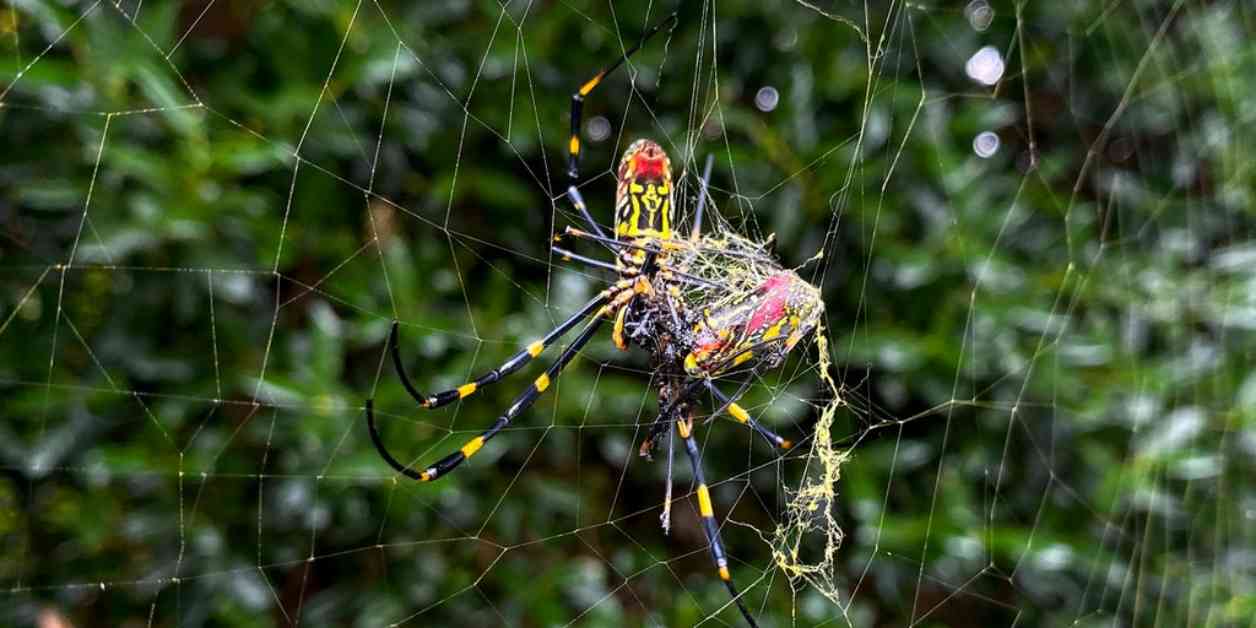The Joro spider, a brightly colored invasive species from East Asia, has been spreading in parts of the southern and eastern U.S. for years. While some researchers believe they may eventually expand to other regions, experts suggest that they are not the invasive species we should be most concerned about.
These orb-weaving spiders are known for their vibrant yellow and black coloring and can grow up to three inches in size. Although they are currently in the early stages of their life cycle and may be difficult to spot, their presence is becoming more noticeable in areas like Atlanta, the Carolinas, southeastern Tennessee, and even Baltimore.
Unlike other more damaging invasive species, the Joro spider’s venom is not harmful to humans. They primarily feed on insects that get caught in their webs, which could potentially impact native spider populations but also provide a food source for local bird species.
While some may hope that Joro spiders could help control other invasive pests like the spotted lanternflies, experts believe that their impact would be minimal. Instead, the real concern lies with other invasive species like the emerald ash borer and the spotted wing drosophila fruit fly, which pose a greater threat to our natural resources.
As researchers continue to monitor the spread of the Joro spider, they are also studying their behavior, movement patterns, and potential impact on local ecosystems. Understanding the dynamics of invasive species like the Joro spider can provide valuable insights into broader ecological issues caused by human activities and climate change.
Overall, while the Joro spider may capture public attention due to its striking appearance, it is not the invasive species that poses the most significant risk to our environment. By focusing on more destructive pests and implementing effective management strategies, we can mitigate the impact of invasive species and protect our ecosystems for future generations.




